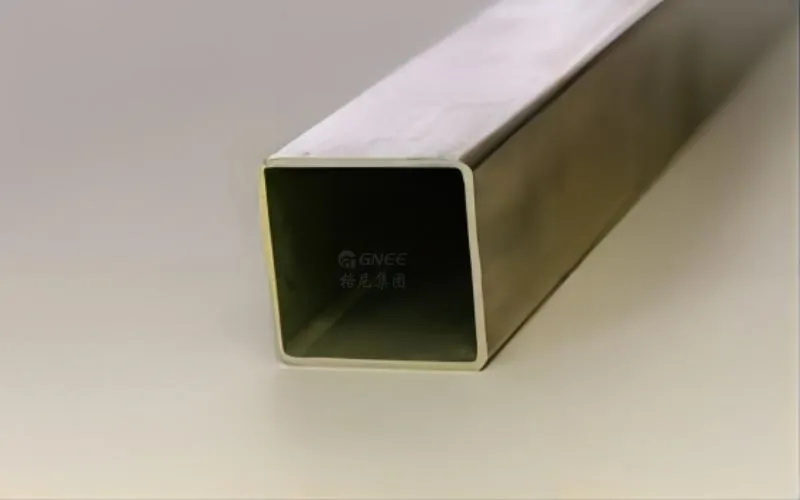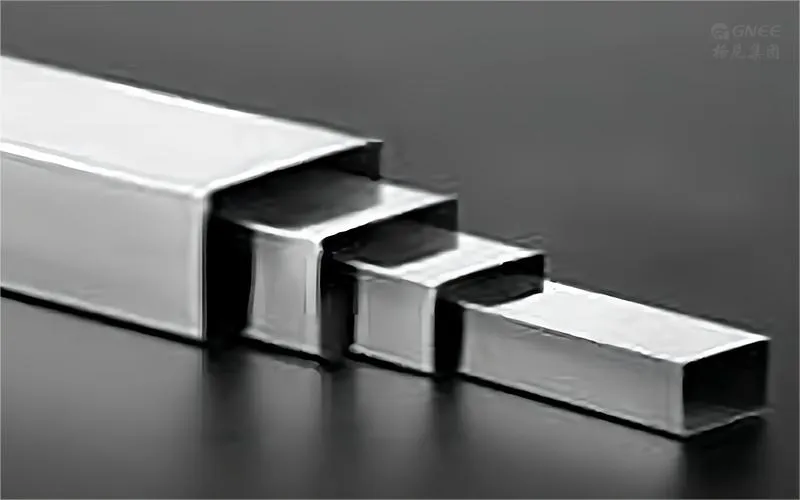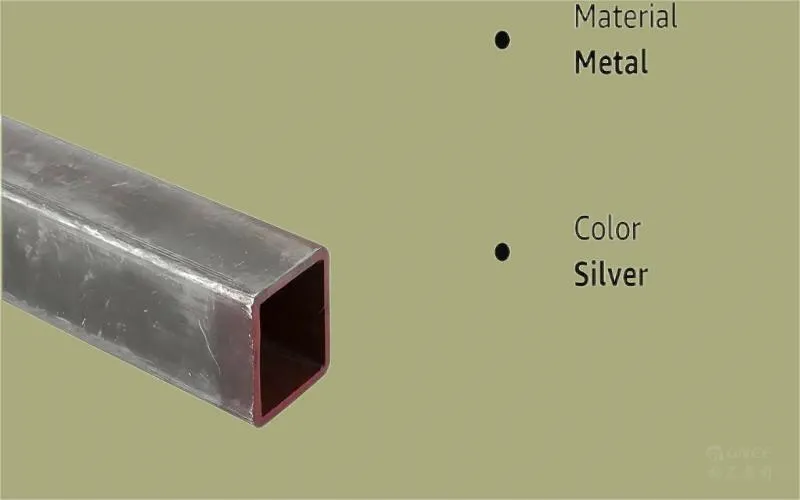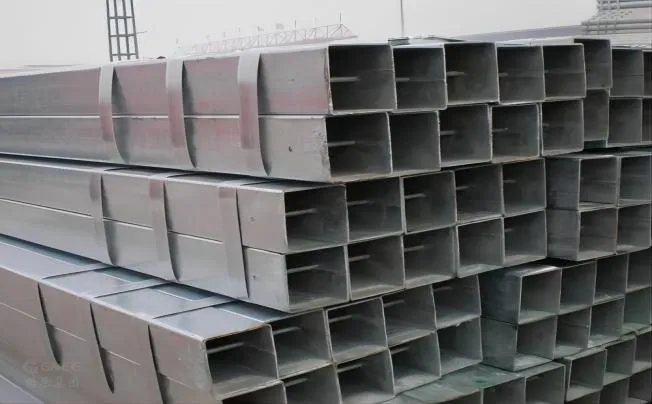321 Stainless Steel Square Tube
An austenitic chromium-nickel alloy with titanium is known as stainless steel 321 (SS321). When compared to most stainless steels, this alloy offers greater corrosion resistance. In comparison to other grades of stainless steel, it also offers greater high-temperature strength. This makes 321 stainless steel perfect for high-temperature applications including heat exchangers, furnaces, and heat exchangers.

316L Stainless Steel Square Tube
An austenitic chromium-nickel alloy called 316L stainless steel contains molybdenum and trace quantities of carbon. In comparison to other grades of stainless steel, this alloy delivers greater strength at high temperatures and more corrosion resistance than the majority of stainless steel. It is perfect for use in highly corrosive situations like food processing facilities or medical facilities because of its molybdenum concentration, which also offers great resistance to pitting in chlorinated conditions.

Corrosion Resistance Properties
The degree of corrosion resistance between 321 and 316L stainless steel is a key distinction. Because the titanium in 321 stainless steel creates a protective oxide film on its surface when it comes into contact with water or other liquids containing chlorides or sulphuric acid compounds, it is generally more corrosion-resistant than 316 stainless steel. The 316L grade’s increased nickel content increases its resistance to pitting corrosion brought on by chlorine compounds in situations with salty air or brine, like those found around coastlines where surfaces exposed to sea breezes might gather salt spray. For instance, salt spray can build up on surfaces exposed to sea breezes in coastal places. Additionally, Grade 316L has more molybdenum than Grade 321 and is, therefore, more resistant to pitting brought on by chlorinated compounds, making it the better choice for use in highly corrosive environments like food processing plants or hospitals where regular cleaning with disinfectants that contain chlorinated compounds makes exposure to these substances inevitable.

Chemical Composition of 316L and 321
316L stainless steel square tube typically has 69% iron, 16–18% chromium, 10–14% nickel, 2–3% molybdenum, 0.08% carbon, and trace amounts of other elements in its elemental makeup. See the table below for more details.
|
Chemical
|
Percentage |
| Carbon | <= 0.08% |
| Iron | Balance (69%) |
| Nickel | 10-14% |
| Silicon | <= 1.00% |
| Sulfur | <= 0.030% |
| Manganese | <= 2.00% |
| Nitrogen | <= 0.10% |
| Manganese | <= 2.00% |
| Molybdenum | 2-3% |
The table below provides typical compositional ranges for grade 321 stainless steel square tubes.
| Chemical
|
Volume(min-max) |
| C | -0.08 |
| Mn | -2.00 |
| Si | -0.75 |
| P | -0.045 |
| S | -0.030 |
| Cr | 17.0-19.0 |
| Ni | 9.0-12.0 |
| N | 0.10 |
| Other | Ti=5(C+N)-0.70 |
The carbon content of 316L and 321
Chromium prefers to react with carbon to generate chromium carbides when austenitic stainless steel tubes are heated or cooled over the temperature range 450 °C – 850 °C(800-1650 °F). Chromium is depleted from the surrounding areas as the carbides preferentially precipitate at grain boundaries. As a result, the chromium-depleted areas have less corrosion resistance, making the alloy more vulnerable to intergranular attack (IGA).
Steel is stainless An austenitic 18/8 stainless steel alloy stabilized with titanium is known as 321 Square Tube. The alloy is more resistant to intergranular corrosion because of the titanium addition. Additionally, it assists in avoiding carbide precipitation while welding. The 321 Square Tube has many uses. The alloy is often exceptionally robust and heat-resistant, making it ideal for use in high-temperature situations. High-pressure steam and boiler tubes, pressure containers, and manifolds are examples of typical applications.



